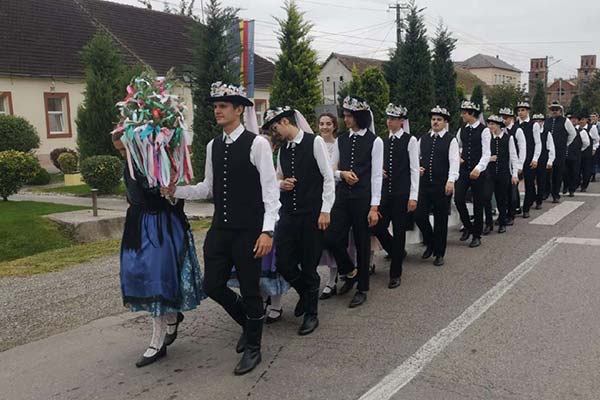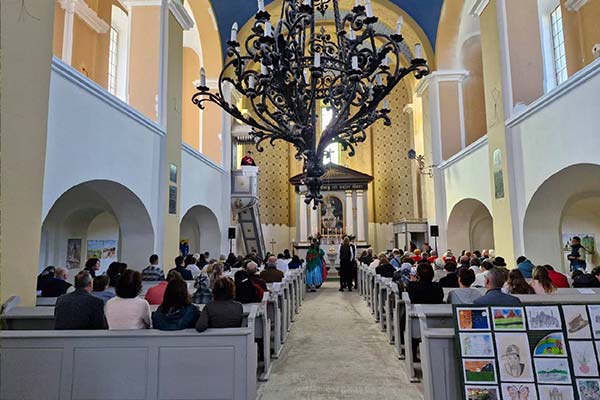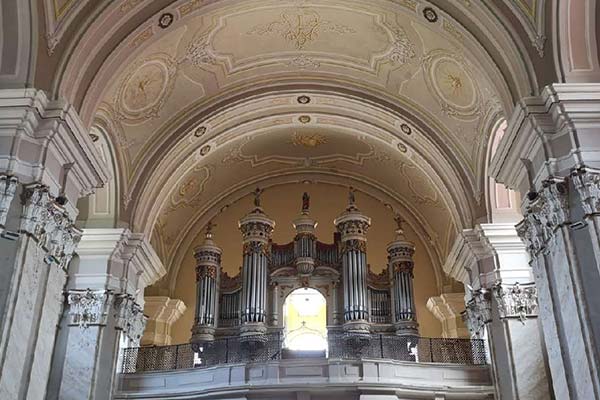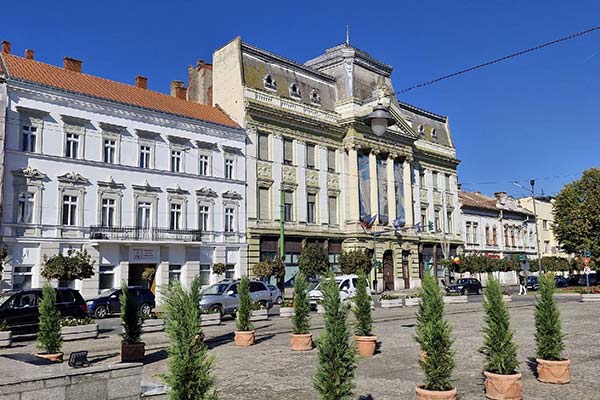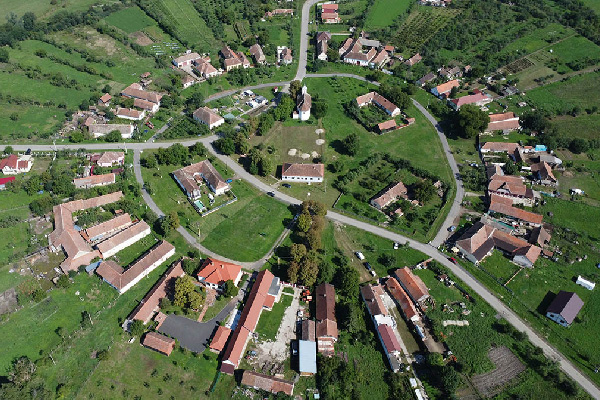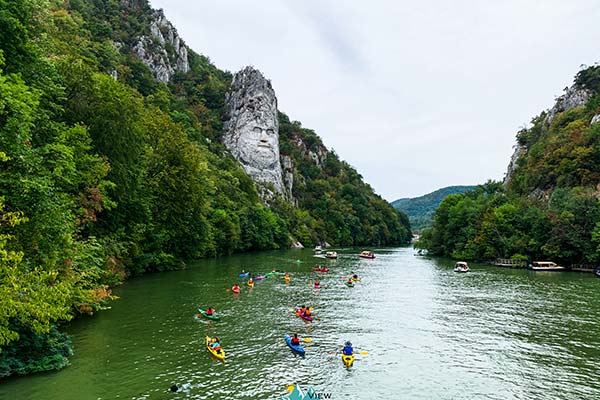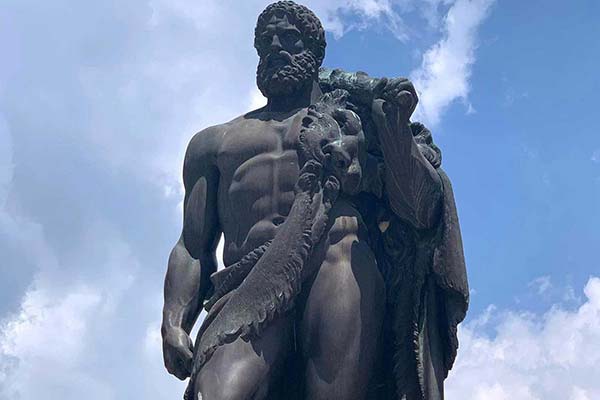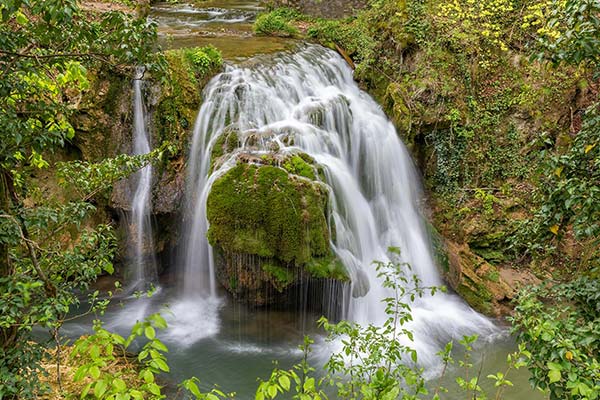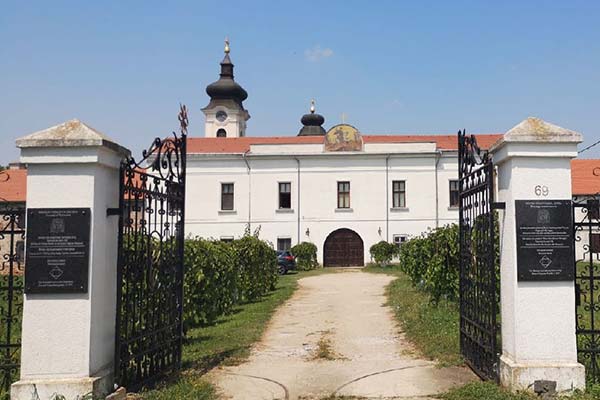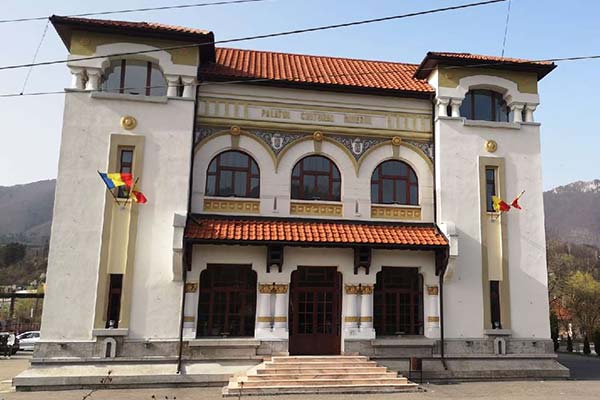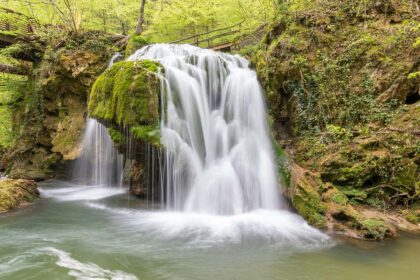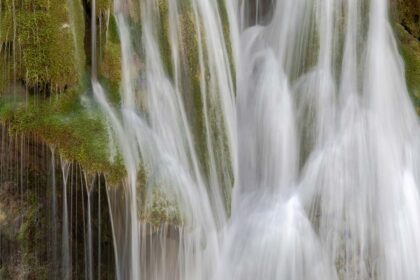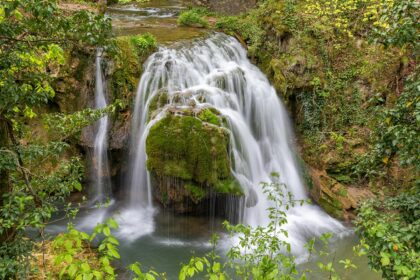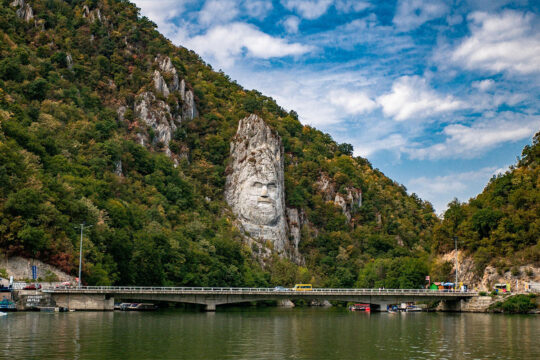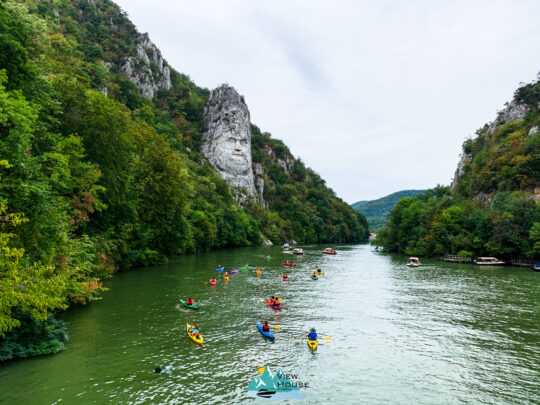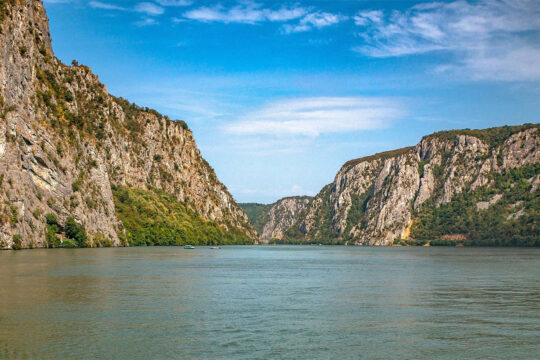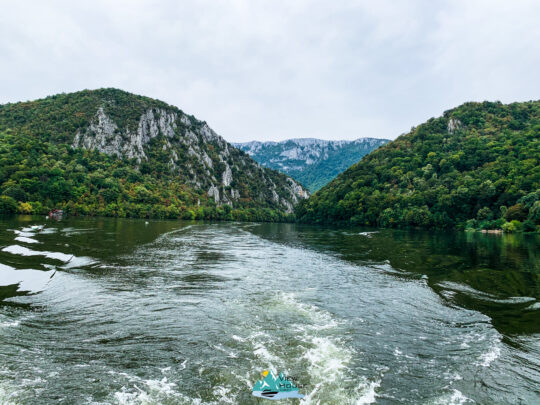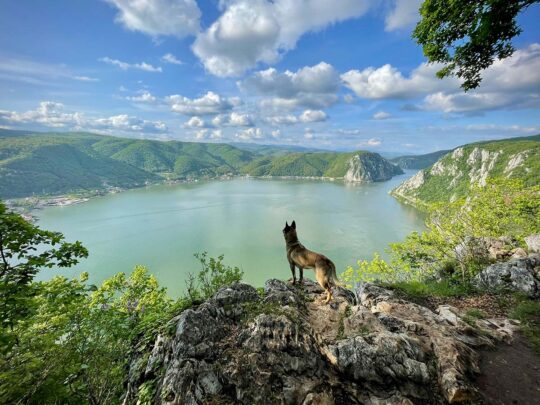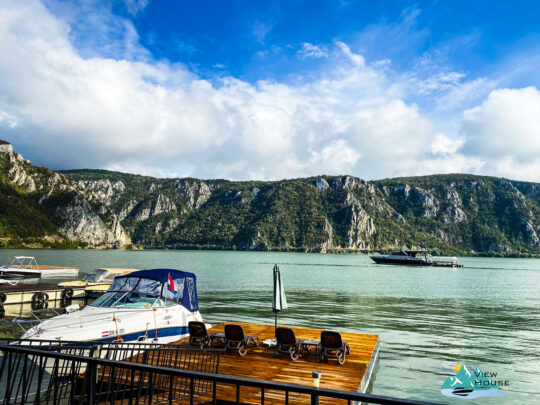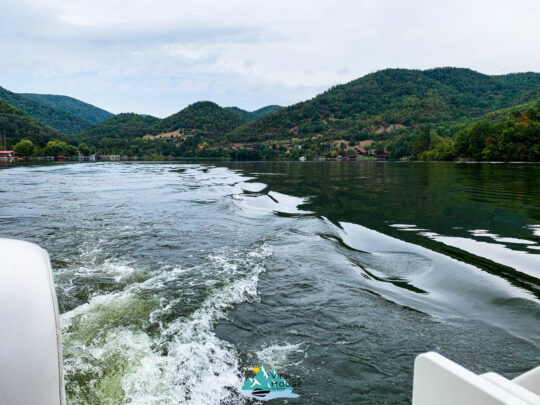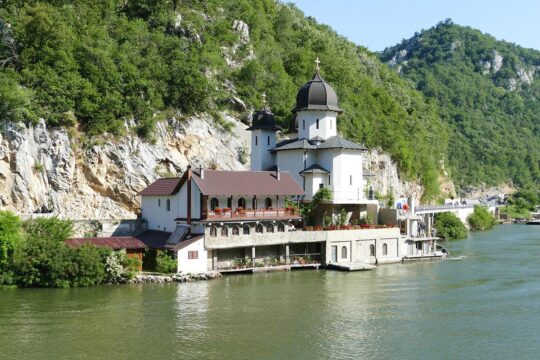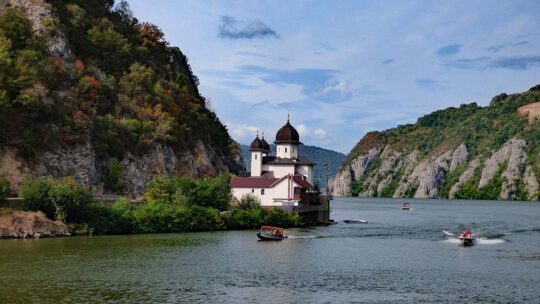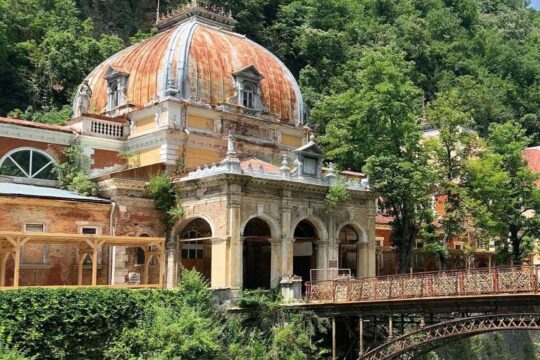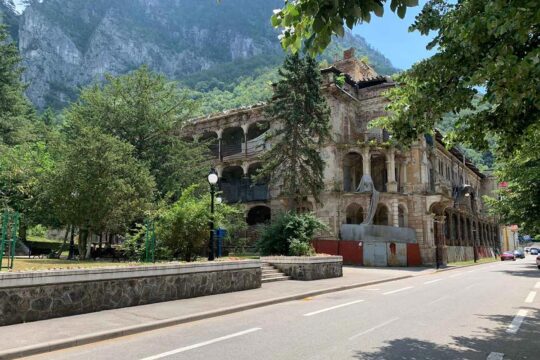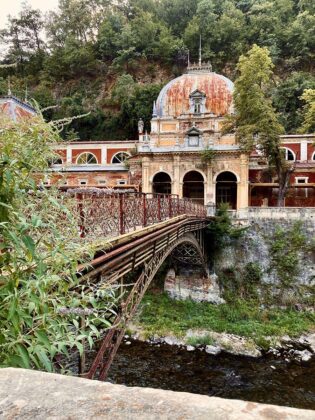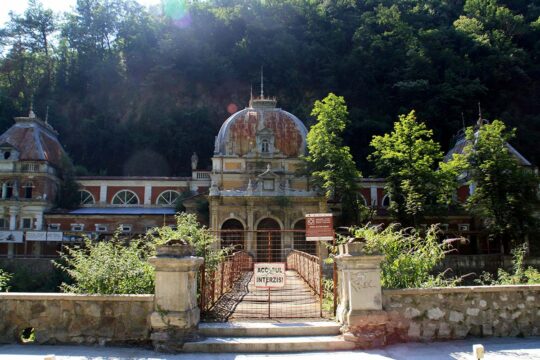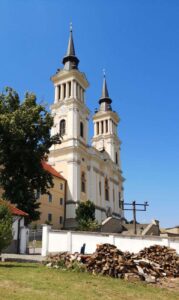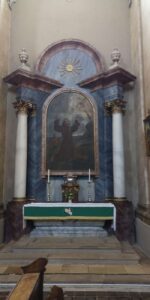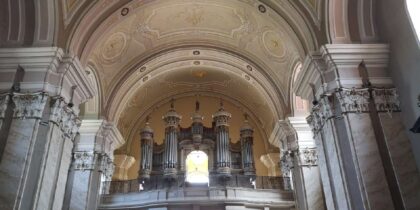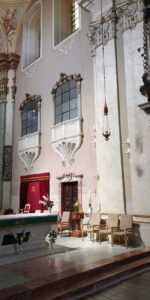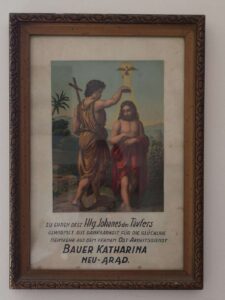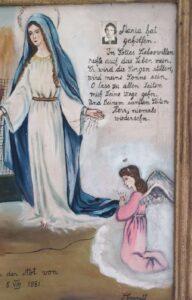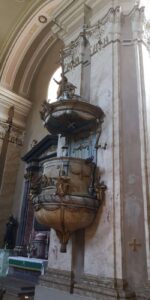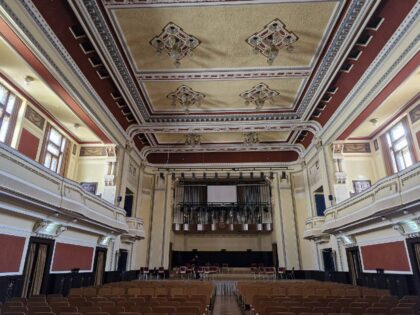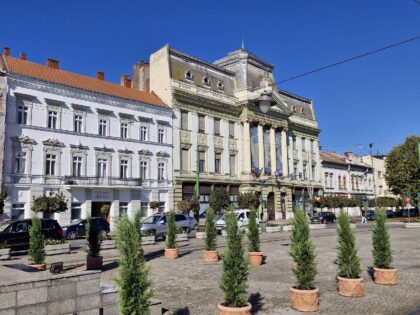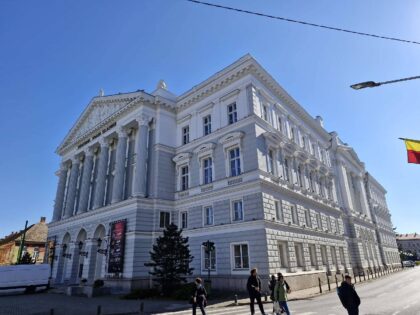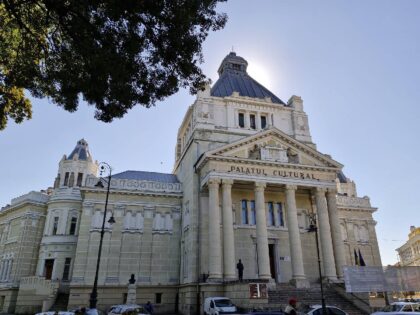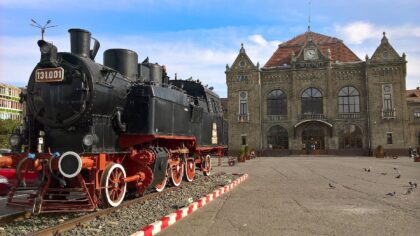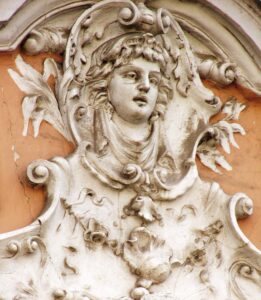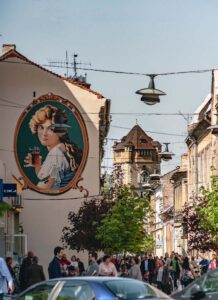
Banat | Historical region in Romania / Hungary / Serbia
Banat (in Romanian: Banat, in Hungarian: Bánság, in Serbian: Банат) is a geographical and historical region in the Pannonian Basin, which stretches between Central and Eastern Europe. It is divided into three countries: The eastern part is located in Western Romania (the counties of Timiș, Caraș-Severin, Arad south of the Mureș River and the western part of Mehedinți). The western part of Banat lies in north-eastern Serbia and a small northern part lies in south-eastern Hungary.
At the time of the medieval Hungarian kingdom, the area of today’s Banat appears in written sources as Temesköz (first mentioned in 1374). The Hungarian name mainly referred to the lowland areas between the Mureș, Tisza and Danube rivers.
It is a region with a rich history, cultural diversity and impressive natural beauty. Those who travel to this region can not only discover historic towns and picturesque landscapes, but also immerse themselves in a colorful mix of cultures and traditions. The region offers something for everyone: be it culture and history buffs, nature lovers or lovers of good Romanian cuisine and wines.
Today, Banat is mainly populated by Romanians, Serbs and Hungarians, but small groups of other ethnicities also live in the region. Almost all of them are either Serbian, Romanian or Hungarian citizens.
The Bigăr waterfall, a true natural wonder, has been designated a natural monument and is one of the most spectacular waterfalls in the world.
For nature lovers, the Cheile Nerei National Park and the Valea Cernei are true paradises with their deep gorges, beautiful waterfalls and lush flora and fauna.
The Cazanele Dunării (The Danube Basin) is an impressive gorge landscape along the Danube, characterized by steep cliffs and picturesque views, and is one of the most beautiful natural regions in Romania – a true paradise for nature lovers. Not far away, on the banks of the Danube, is the Mănăstirea Mraconia, a fascinating monastery located directly on the cliffs of Cazanele Dunării and offering a breathtaking view of the Danube.
The statue of the Dacian king Decebalus (ca. 86 to 106 AD) is 55 meters high and the largest / highest rock sculpture in Europe. It is located on a rock formation in the Almaj Mountains on the banks of the Danube, near the village of Dubova (Mehedinți County) in the Iron Gate Nature Park (Parcul Natural Porțile de Fier). It took 10 years, one million US dollars and 12 sculptors to create it … and it was not perhaps conceived by the Dacian king himself, but commissioned by a Romanian businessman and historian between 1994 and 2004.
The Valea Mracunei Monastery is located in the area of the Danube Road (Cazanele Mici) in the Poarta Fierului Nature Park in Mehedinti County in south-western Romania.
Băile Herculane, Caraș-Severin County
The town of Băile Herculane (German: Herkulesbad, Hungarian: Herkulesfürd.) is a spa town in Caras-Severin County in the historic Banat region. 16 thermal springs of different mineral composition are used over a length of four kilometers. Buildings worth seeing include the bronze statue of Hercules (1847), the Baths Museum with archaeological finds from Roman times, the Roman Baths (Hotel Roman on the first floor), the Casino (1913) and the Austrian Baths (built between 1883 and 1886 according to the plans of architect Carl Wilhelm von Doderer).
Many thanks to Christian and Franziska for sending us these wonderful pictures from Baile Herculane.
Maria Radna pilgrimage church in Lippa / Lipova | Arad county
Beautiful pictures of the pilgrimage church of Maria Radna in Lippa (Lipova in Romanian) in the county of Arad.
The church was raised to the status of a basilica and is considered the most important place of pilgrimage for Catholics in the Banat and Banat Highlands because of its miraculous image. Romanians, Hungarians, Germans, Bulgarians, Croats, Czechs and Slovaks from Romania regularly come to this place for pilgrimages and visits.
The city of Arad was first mentioned in 1078 and has a rich cultural and historical heritage with architectural styles from the 18th, 19th and 20th centuries.
In addition to a variety of cultural events throughout the year, visitors will find a large number of artistic and historical monuments, as well as buildings in Baroque, Renaissance, Eclectic, Classical, Neo-Gothic or Secession styles in and around Arad.
We would like to thank Mr. Frank Schleßmann for Sending us these beautiful pictures and the corresponding text / information.

